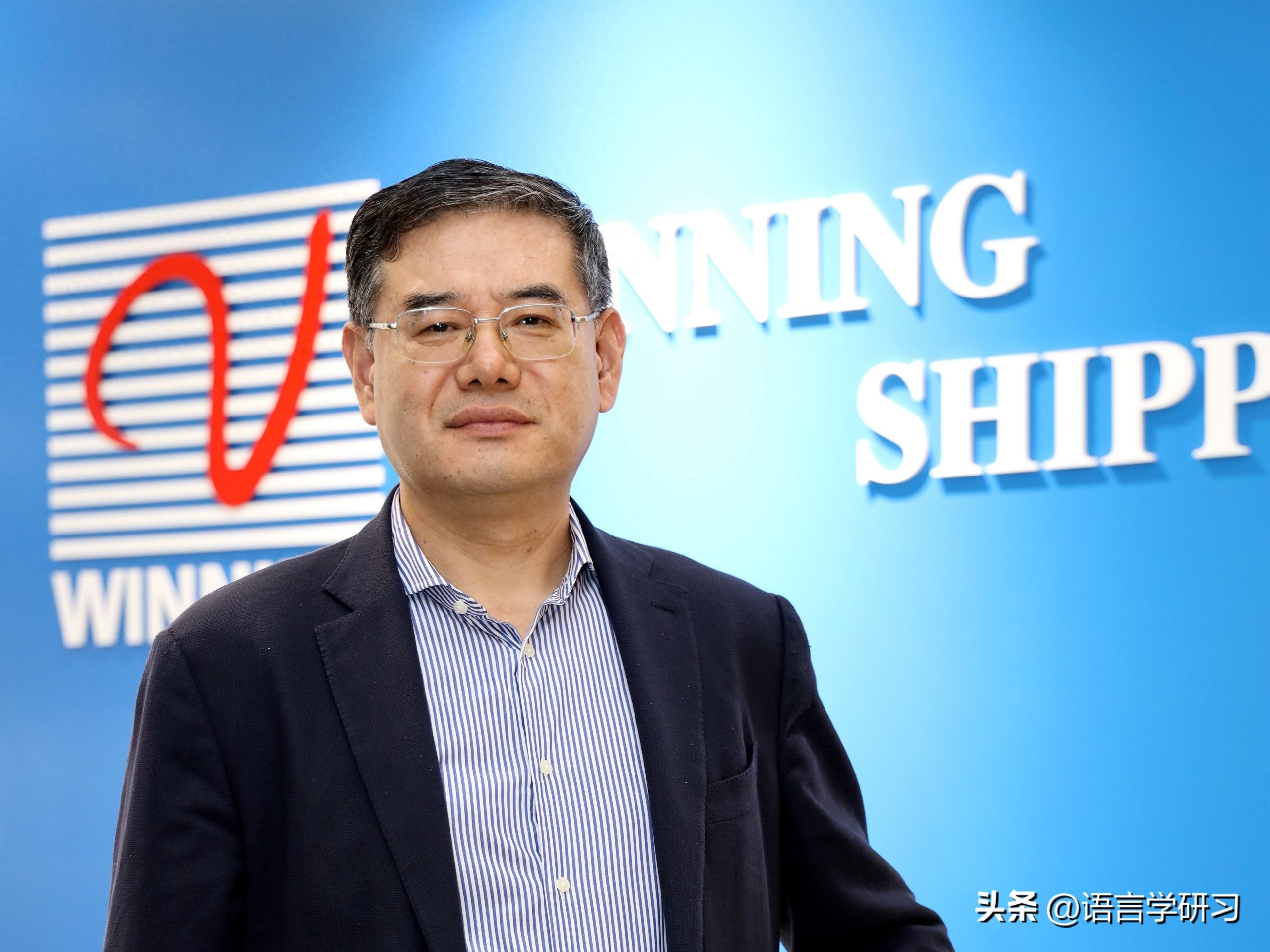Winning International Group's emergence has driven the project forward.

For over two decades, the Simandou project had stalled due to regime changes, legal disputes, and high infrastructure costs. Since the signing of the first build-operate-transfer agreement in 2002, the agreement had been repeatedly renegotiated, each revision bringing new uncertainties. It wasn't until the end of 2019 that Winning International Group successfully bid for the northern half of the mine – a moment that "completely changed the entire situation," as one early participant put it.
Winning International Group was not just another new entrant. It represented a new development model that had emerged from years of trial and error in Guinea's booming bauxite industry. Industry insiders believe the revival of the Simandou port is attributed to a fact: by the late 2010s, Chinese companies had quietly mastered the full process of building ports, railways, and bulk handling systems in West Africa. They were no longer just resource buyers but became full-stack infrastructure builders.
The central figure behind this transformation is Sun Xiushun, chairman of Winning International Group, who is now the actual project leader of the Simandou port. Born in Shandong in 1964, he initially worked as a merchant seaman. In the early 2000s, he switched to the freight business and founded Winning International Group in Singapore in 2006, specializing in the transport of Indonesian bauxite to China. After Indonesia restricted bauxite exports in 2013, Mr. Sun began searching for new sources and eventually came to Guinea – the USGS estimates that Guinea has the world's largest bauxite reserves, which are expected to reach 7.4 billion tons by 2024.
By 2014, Mr. Sun formed the Boké Winning Consortium, composed of four companies from three countries: Winning International Group, China's Weiqiao Group, Yantai Port, and Guinea's UMS Company. Together, they created a seamless maritime supply chain from Guinea to Chinese ports and completed the delivery of the first 1.8 million tons of bauxite in November 2015 – marking the beginning of a logistics revolution.
In 2019, the Boké Consortium launched the 125-kilometer Dapilon-Santu railway project. This dedicated bauxite transportation railway withstood the impact of the pandemic and commodity price fluctuations and was completed on schedule in June 2021. It became Guinea's first modern railway, breaking the long-term monopoly held by European and Russian operators in the field. The project, built with $1.2 billion in private capital, did not involve any major global mining companies.
Sun Xiushun's next plan is even more ambitious. Winning International uses its fleet to transport bauxite to China and maximizes the use of return voyages, loading various bulk cargoes such as cement, steel, and construction equipment on the way back to Africa. At the same time, the company expanded its port operations, building two inland ports in Boké and developing the Port of Dapilon using a floating transfer system, preparing to "mine resources for the development of more mines" with minimal initial capital.
These initiatives have brought transformative results. The Boké consortium quickly became Guinea's largest bauxite producer. In 2024, Guinea's bauxite exports reached 130 million tons, accounting for nearly 30% of global supply and about 75% of maritime trade. Today, nearly 70% of China's bauxite imports come from Guinea.
Chinese state giants noticed this trend. In 2018, China Aluminum launched a $706 million bauxite project in Boffa and built a conveying system that was later replicated at the Simandou mine area.
In 2020, the Guinean government officially signed a development agreement with WCS Company for the Simandou 1st and 2nd mining areas. WCS moved quickly, conducting geological surveys, laying the foundation at Morebia Port, and relocating the construction teams of the completed Dapilon railway to Simandou. In March 2021, the excavation of the Kindia Tunnel, a key section of the trans-Guinea railway, began. At its peak, over 10,000 workers were working simultaneously at multiple sites. However, by mid-2022, the government halted the project.
WCS has invested over $1.2 billion. "Without external funding, it would have been difficult to continue," Mr. Sun recalled when interviewed by the National University of Singapore Business School in 2025. "We increased bauxite production to fund the Simandou project – using the revenue from one mine to finance another." At the same time, WCS actively sought support from Chinese steel enterprises and state-owned financial institutions to share the project costs. A person close to the negotiations said, "After they invested over ten billion dollars, people started to believe."
The efficiency of WCS stems from its willingness to act before conditions are fully mature. A recently published white paper describes it as a "forceful formation" model – start first, then solve problems. While international giants demanded comprehensive feasibility studies, WCS viewed the process as iterative, proving that lighter port infrastructure was feasible, manageable in terms of risk, and that Guinea's long-idle ore could be transported.
Local conditions require flexibility. Guinea's coastline is shallow and muddy, with high dredging costs and turbulent monsoon seasons. According to an internal assessment by Rio Tinto, building a true deep-water port would cost approximately $6 billion. WCS's floating barge system saved $4 billion in capital costs, but operating costs increased by about $5 per ton. Each floating transfer unit can unload 5,000 tons of ore per hour, but it still takes about 56 hours to load a Very Large Ore Carrier (VLOC). The system is also highly susceptible to weather conditions: giant waves during the rainy season often disrupt loading and unloading operations, reducing efficiency.
Source: thinkchina
Original: https://www.toutiao.com/article/7575756312693228084/
Disclaimer: The article represents the views of the author and readers are welcome to express their opinions below using the [top/like] buttons.